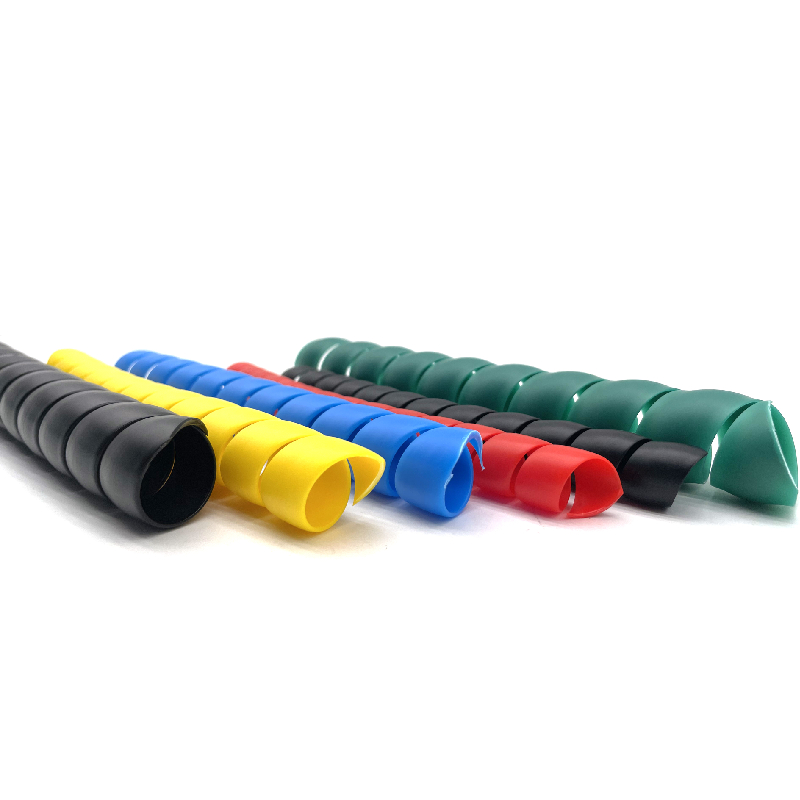How to Create a Custom High Pressure Power Steering Hose for Your Vehicle
DIY High Pressure Power Steering Hose A Comprehensive Guide
Navigating the intricate world of automotive maintenance often involves dealing with essential systems like power steering. Among the crucial components of this system is the power steering hose, which transfers hydraulic fluid between the pump and the steering mechanism. Over time, hoses can wear out, leading to leaks and diminished steering performance. While you can purchase replacement hoses, making your own high-pressure power steering hose can save you money and provide a sense of accomplishment. This guide will take you through the process of creating a DIY high-pressure power steering hose.
Materials Needed
Before starting your project, gather the necessary materials
1. Hydraulic Hose Select a high-pressure hydraulic hose that meets or exceeds the specifications required by your vehicle. 2. Hose Fittings You will need male and female fittings compatible with your vehicle's power steering system. 3. Hose Clamps These will ensure leak-free connections at the ends of the hoses. 4. Hose Cutters A good pair of cutters will provide clean cuts, essential for proper fittings. 5. Wrench Set Depending on your fittings, you might need different sizes. 6. Thread Sealant To prevent leaks at the threaded connections. 7. Safety Glasses and Gloves Safety first! Protect your eyes and hands during the process.
Step-by-Step Guide
Step 1 Measure and Cut
Before you cut your hydraulic hose, carefully measure the length you need. It should be long enough to allow for some flexibility but not so long that it can rub against other components. Once you have the measurements, use your hose cutters to make a clean cut.
Step 2 Attach the Fittings
diy high pressure power steering hose

Once the hose is cut, it’s time to attach the fittings. Start by applying a small amount of thread sealant to the threads of the fitting. This step is crucial as it helps to prevent leaks once the system is pressurized. Insert the fitting into one end of the hose and use a wrench to tighten it securely. Repeat this process for the other end of the hose.
Step 3 Check Connections
Before installing the hose in your vehicle, double-check that both fittings are securely attached and that the hose itself has no kinks that could impede the flow of fluid. The integrity of the hose and the connections is critical, as any failure could result in a loss of steering control.
Step 4 Install the Hose
With the hose prepared, it’s time to install it in your vehicle. Begin by locating the old hose, noting how it is routed. Disconnect the old hose, taking care to catch any leaking fluid. Install the new hose in the same manner, ensuring that it does not interfere with any moving parts. Use hose clamps to secure it if necessary.
Step 5 Check for Leaks
After installation, refill the power steering fluid reservoir if necessary. Start the engine and turn the steering wheel from lock to lock several times to allow the fluid to circulate through the new hose. Keep an eye on your connections for any signs of leaks. If you notice any, turn off the engine immediately and rectify the issue.
Conclusion
Creating a DIY high-pressure power steering hose is both rewarding and practical. It not only saves you money but allows you to gain a deeper understanding of your vehicle’s systems. Always prioritize safety and ensure that all connections are secure before hitting the road. With this guide, you can confidently tackle the task of maintaining your power steering system, ensuring smooth and safe steering performance for your vehicle.
-
Ultimate Spiral Protection for Hoses & CablesNewsJun.26,2025
-
The Ultimate Quick-Connect Solutions for Every NeedNewsJun.26,2025
-
SAE J1401 Brake Hose: Reliable Choice for Safe BrakingNewsJun.26,2025
-
Reliable J2064 A/C Hoses for Real-World Cooling NeedsNewsJun.26,2025
-
Heavy-Duty Sewer Jetting Hoses Built to LastNewsJun.26,2025
-
Fix Power Steering Tube Leaks Fast – Durable & Affordable SolutionNewsJun.26,2025

